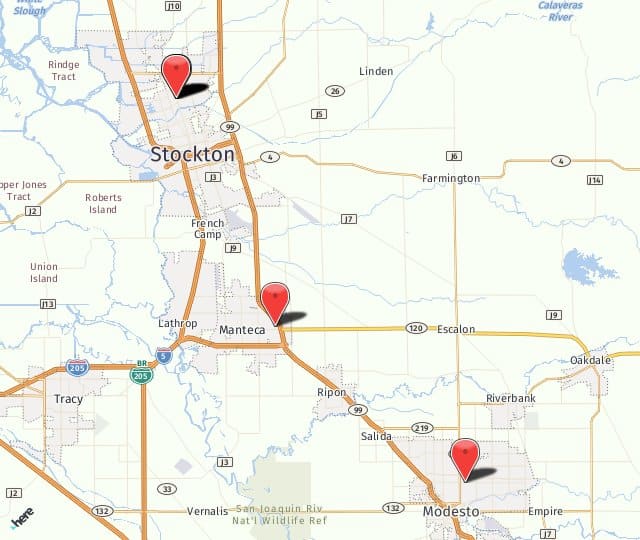What’s the Difference Between PRK and LASIK?

In those cases, we often perform photorefractive keratectomy (PRK). PRK was actually the first laser eye surgery, approved in 1995.
Why Can’t Some People Have Lasik?
Although it is rare, some people don’t qualify as good candidates for LASIK. Some of these patients have larger pupils or thin corneas that do not work for the LASIK procedure.
What’s the Difference Between LASIK and PRK?
In LASIK, a flap is created on the outer cornea by a laser microkeratome or by a blade. This flap is then gently folded back to expose the underlying surface of the cornea. A computer-controlled amount of laser energy is then used to remove the desired amount of cornea tissue to correct the shape of the cornea and create vision correction. Corneas that aren’t the correct shape create refraction problems that lead to issues such as near- or far-sightedness. Once the cornea tissue is removed, the corneal flap is placed back into its original position and allowed to heal. No sutures are needed. The whole process only takes seconds, and the patient experiences significant improvement in their vision anywhere from one to five days after the procedure.
In PRK, the corneal epithelium is removed and discarded, unlike in LASIK where a flap is made and later placed back down. Since this layer is removed in PRK, the eye has to regenerate those cells in recovery. Once the corneal epithelium is removed, the laser is then used to reshape the cornea, as is done in LASIK.
Because the corneal epithelium is not removed in LASIK procedures recovery can be easier and faster than with PRK. Still, if a patient isn’t a good candidate for LASIK, PRK does not involve a difficult recovery by any means. The results from the two procedures are very similar.
Can’t Have LASIK? See Clearly with PRK
So, if you don’t qualify for LASIK, don’t worry. PRK is a similar surgery that will provide similar results. We’ll discuss your options when you come in for your consultation. If you’re tired of glasses or contacts, call the team at Central Valley Eye Medical Group, (800) 244-9907, to make an appointment.
Posted in: LASIK

